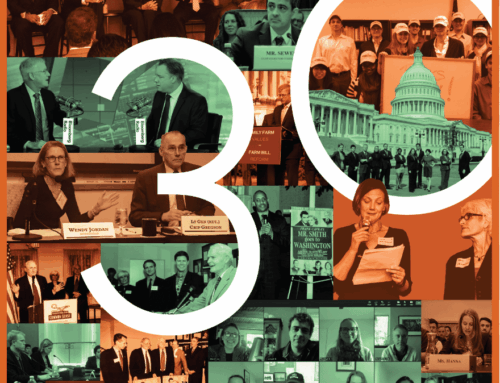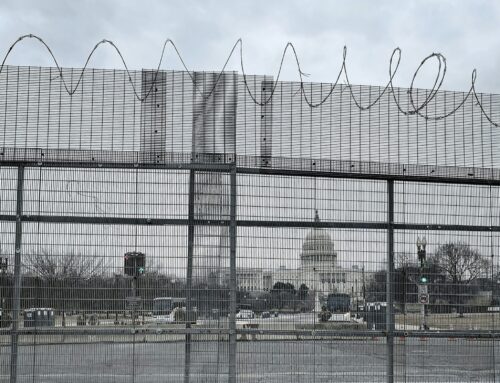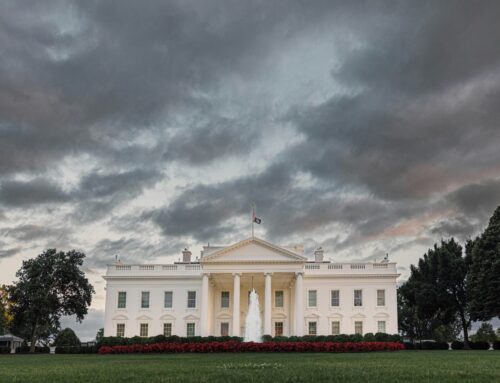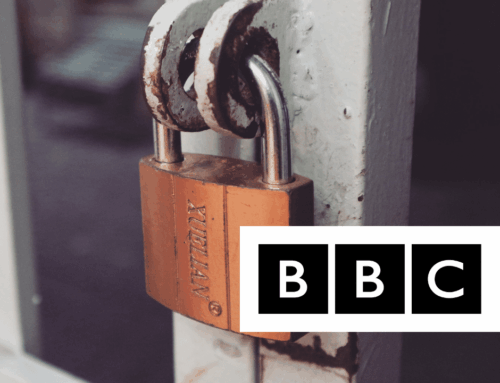Anyone who has gone on a diet knows that as soon as you start fibbing – holiday snacks don’t count, Super Bowl dip is light (colored), there are no calories in Ben & Jerry’s while the freezer is still open – you might as well hang it up. You may even gain weight while dieting. Many lawmakers claim that the Pay-As-You-Go (PAYGO) budgeting law enacted two weeks ago will put government on a diet. Well, considering the loopholes and exceptions, we better not pull a scale out any time soon.
Let’s be clear. We have always been a fan of PAYGO. But it’s not a budgetary panacea. The idea is simple—any new spending or revenue losses (tax cuts) must be offset with equal spending cuts or revenue raisers. What’s not to like, especially when we are running enormous budget deficits? But, as they say, the devil is in the details. First off, simply balancing the books on future spending doesn’t do anything about the existing hemorrhaging red ink. PAYGO is just trying to make sure it doesn’t get any worse. An important tool on the budgeteer’s tool belt, but you can’t build a sound fiscal house with that one tool.
But upon even closer inspection, you can see that the tool is a little dull. Baseline spending increases are allowed under PAYGO, meaning annual spending is going to increase without any offsets, regardless of whether tax revenue covers the increase or not.
Other gimmicks and outright loopholes further limit PAYGO’s impact. It’s easy to disguise budgetary costs so they don’t have to be offset, and a series of exceptions are made for “emergency” and popular legislation. In fact, out of the 22-page bill , there are five pages dedicated to carving out PAYGO exceptions for some of the expiring Bush tax cuts, estate tax changes, relief from the Alternative Minimum Tax and increased Medicare payments to doctors. These exceptions add up to trillions of dollars worth of calories that don’t have to count against the nation’s budgetary diet.
The first bill affected by PAYGO in the Senate was the so-called “jobs” bill. It was immediately slapped with an “emergency” label and exempted from PAYGO. When this was challenged, 62 Senators voted to exempt it from PAYGO (60 votes are required to defeat the challenge). Whether or not you should offset stimulus spending is legitimate debate, but this was far from an auspicious start for PAYGO. Not only was it readily cast aside when Congress first faced a difficult spending decision, but the authors used a variety of gimmicks to hide the real cost. In a classic bait and switch, the price tag was advertised at $15 billion, but the highway provisions in the bill alone will cost $47 billion over ten years .
Friends, Americans, Countrymen. We didn’t come here to bury PAYGO, but to praise it. But unless Congress abides by the spirit and the intent of the law, it isn’t going to make a dimes worth of difference to the budget deficits and fiscal challenges facing the country. PAYGO can be an important part of putting the federal budget on a sensible and responsible diet, but only if lawmakers don’t keep making exceptions for high-calorie spending binges.










